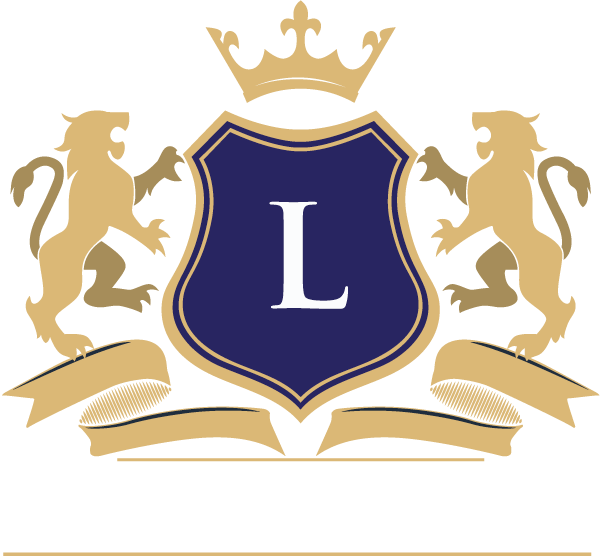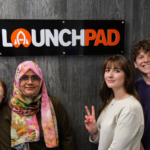Education is changing and higher education isn’t an exception. This transformation is predominantly driven by advancements in technology, notably in online education and Artificial Intelligence (AI). The concept of a “Global Classroom,” where students from diverse geographical locations can learn together, is no longer a futuristic vision but a present-day reality. This article explores how AI, in tandem with online learning platforms, is reshaping higher education and connecting students from different parts of the world, offering a more inclusive, personalized, and efficient learning experience.
The Rise of AI-Enhanced Online Learning Platforms
The integration of AI into online learning platforms has revolutionized the way educational content is delivered and consumed in higher education. These platforms are not just repositories of video lectures and resources; they are becoming intelligent systems capable of providing personalized learning experiences to students globally.
Examples of AI Integration
- Adaptive Learning Algorithms: AI algorithms analyze students’ learning patterns and tailor the educational content to suit their individual learning styles, strengths, and weaknesses, making education more effective and engaging.
- Automated Grading and Feedback: AI systems provide immediate feedback on assignments and assessments, allowing for a more efficient learning process.
- AI-Powered Language Translation: Real-time translation and subtitles in various languages remove language barriers, allowing students from different linguistic backgrounds to learn together.
- Predictive Analytics: AI systems analyze data to predict student outcomes, helping educators intervene early and tailor their teaching strategies.
Breaking Down Barriers with AI
The combination of AI and online education is instrumental in overcoming traditional barriers in higher education. AI-driven platforms can offer courses in multiple languages, making education accessible to a broader audience. Furthermore, AI can help identify and support students who might be struggling, ensuring that education is more equitable.
AI’s ability to provide real-time insights into students’ learning progress is crucial in creating personalized learning environments that are both flexible and responsive to individual needs. This aligns with the concept of hyperflex learning strategies, where AI plays a pivotal role. This not only enhances student’s motivation and participation but also equips them with vital lifelong learning skills.
Creating a Diverse Learning Environment
AI-facilitated online platforms enable students from varied cultural and socio-economic backgrounds to learn together. This diversity enriches the learning experience, fostering a global perspective among students, which is crucial in today’s interconnected world.
Advanced Technologies Enhancing Global Education
Institutions are leveraging AI not only to personalize learning but also to create advanced tools and applications that enhance the educational experience in a global classroom setting. One example is AI teaching assistants that can significantly enhance online education by promoting diversity, inclusivity, and personalization in the learning process. Their successful integration hinges on their perceived usefulness and ease of communication, which are essential for broad acceptance and effective learning experiences.
Case Study: AI Integration in Higher Education
- Walden University: Walden University has developed an online tutor named Julian, in partnership with Google Cloud. Julian offers personalized learning and student support, providing a dynamic tutoring experience that adapts to each student’s individual needs. This tool creates a set of activities for each interaction and generates notes that can be referenced throughout the program.
- Khan Academy: Khan Academy introduced a personalized tutoring system called Khanmigo. This system employs adaptive learning to provide students with an AI-powered personal tutor. Khanmigo assists students in various subjects like math, science, and humanities, and also includes a debate tool and a writing tutor feature.
- Georgia State University: Georgia State University uses an AI-enhanced chatbot named Pounce, which was initially developed to assist incoming students with college start-up processes. Pounce has shown to improve student performance in classes by sending texts about assignments and academic support, particularly benefiting first-generation immigrant students.
- California State University Polytechnic, Pomona: They utilize Packback, an instructional AI platform for student writing and engagement. This platform encourages students to think critically and engage meaningfully with their peers and the course material. Packback also includes a Writing Lab feature that provides interactive writing coaching to help students improve their writing and build AI literacy skills.
- Nova Southeastern University: They have used AI technology from Aible for student retention. By analyzing in-house data, the AI identified students most at risk of leaving, allowing the university to target and prioritize efforts towards these students.
- Edmentum, DreamBox Learning, and Carnegie Learning: These platforms are examples of AI-powered personalized learning systems. They utilize machine learning algorithms to analyze student data and offer customized recommendations for learning activities and resources, transforming how students learn and helping to improve outcomes.
What We Do?
At the LIKE Center of LIBT, we’re using Artificial Intelligence (AI) to make our courses better. We’ve started using AI to help us design and improve our classes. This makes our courses more interactive and suited to what our students need. Also, we’re working on a new project where we’re creating special AI chatbots for each course. These chatbots are being taught about specific subjects, so they can talk to students and answer their questions about these topics. These chatbots are meant to make learning more engaging by providing instant help and making discussions about course material more interesting and act as a tutor assistant.
Addressing the Challenges
While AI and online education present remarkable opportunities, they also pose challenges such as ensuring data privacy and addressing the digital divide. Universities are working towards ethical AI practices and seeking collaborations to provide technological resources to underprivileged students.
The fusion of AI with online education is crafting a new future for higher education — a future where learning is more accessible, personalized, and efficient. The global classroom is not just a concept; it’s a reality that’s transforming educational paradigms, making the world a connected learning community. As we advance, this integration promises to further democratize education, making it a truly global phenomenon.







Leave a Reply
You must be logged in to post a comment.